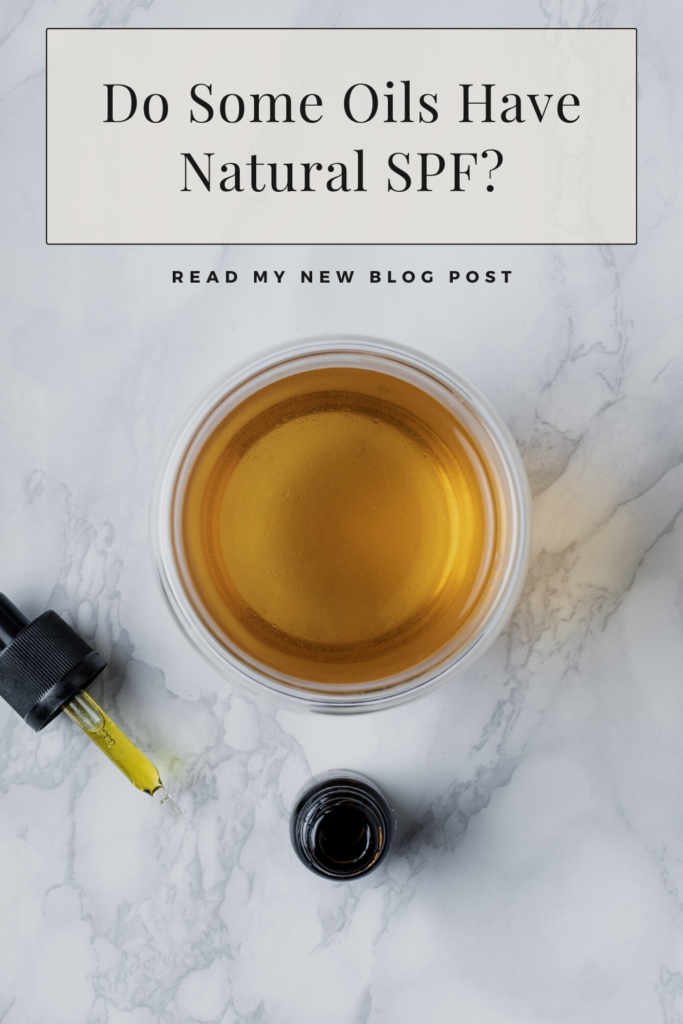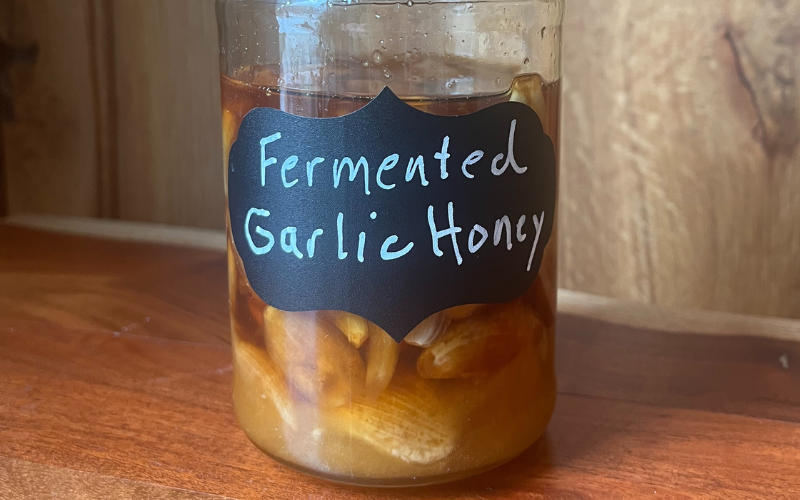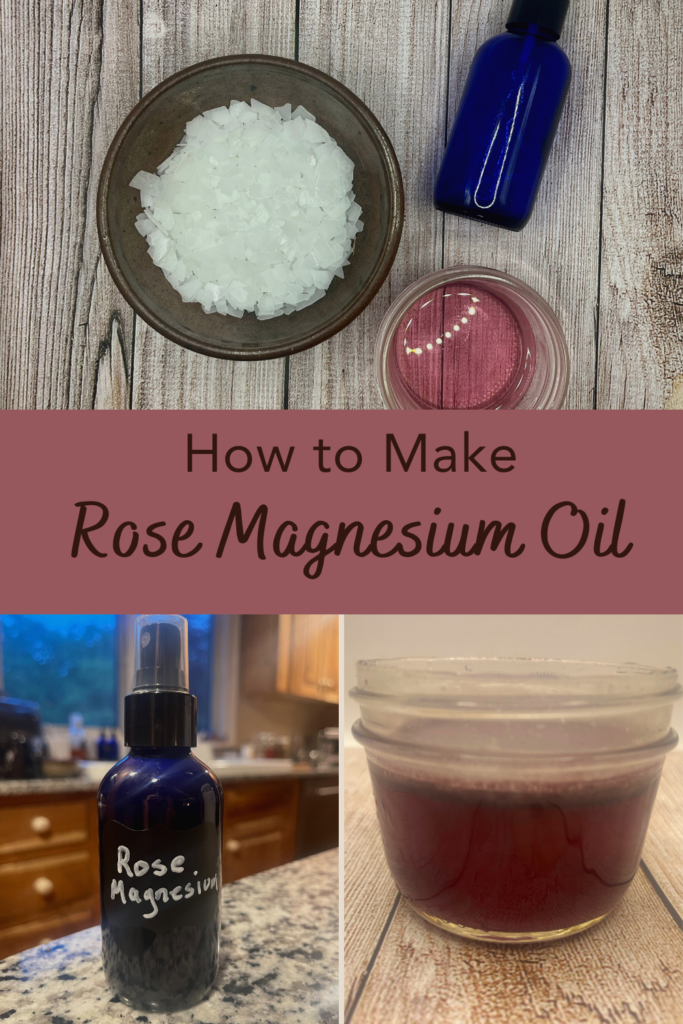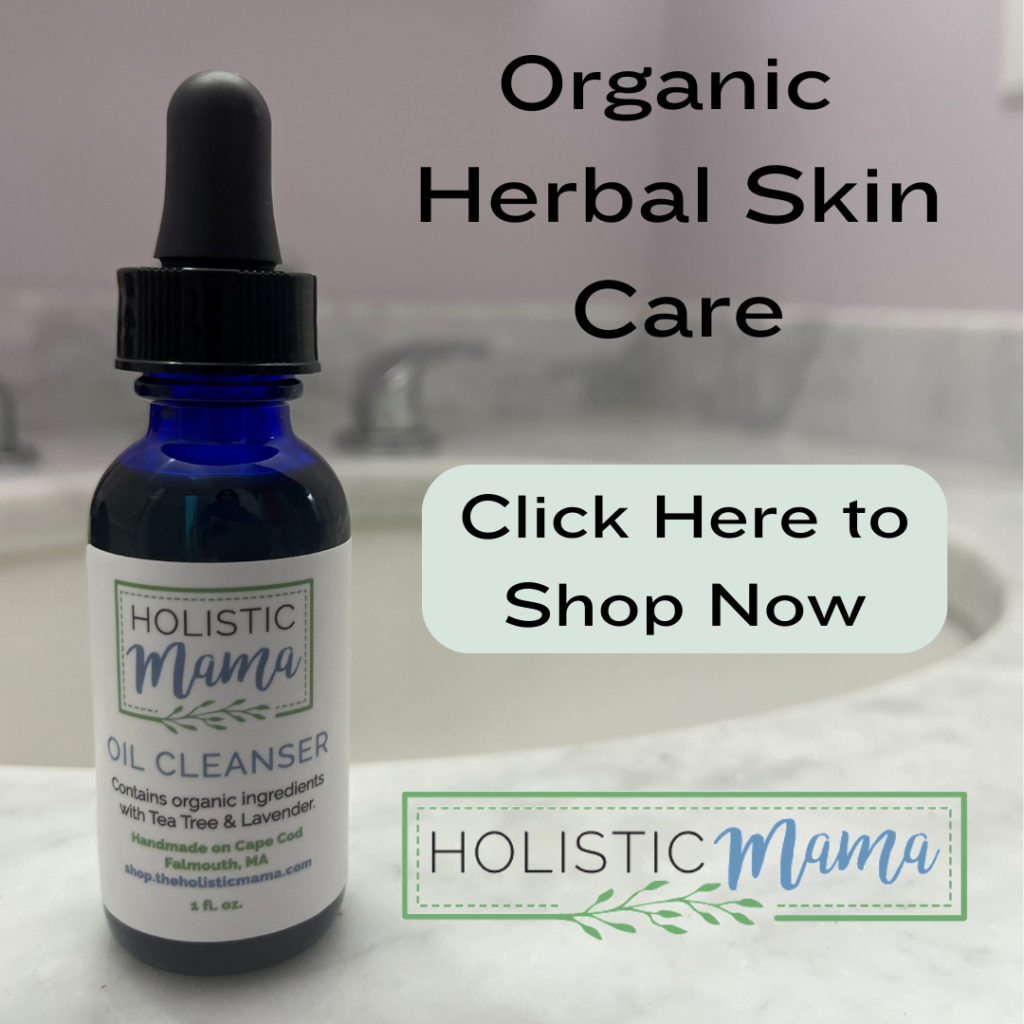-
Are There any Natural SPF Oils?
Category: Natural Skin Care
If you are interested in natural skin care you may wonder if there are any natural SPF oils. Sunscreen safety is a big topic. A quick search and some reading on the topic will show that many sunscreen products are not healthy and might even cause more damage then you were hoping to prevent.
The Environmental Working Group is the best place to get reliable information on this topic. Their yearly sunscreen guide is best resource to find out about the best and worst sunscreen products on the market. After learning about all the dangers of sunscreen products, many people wonder if they can get the same or better sun protection just by using natural spf oils and avoiding sunscreen products all together.
Homemade sunscreen recipes like this one are gaining popularity because people want better alternatives. However, homemade sunscreen can't offer you an SPF number that we are used to seeing on a sunscreen product. While homemade sunscreens do work, it's hard to put an SPF of them without doing some testing. The best way to know if homemade will work for you is to experiment very carefully to see what works for your skin.
What is SPF anyway?
SPF measures the sunscreen protection from UVB rays (which is what causes sunburn). If you would usually burn after 10 minutes in the sun, an SPF 15 sunscreen would allow you to stay in the sun for approximately 150 minutes without burning. That is 15 times longer then you'd be able to without it. In order for a product to be able to make an SPF claim, it needs to go through extensive FDA testing to prove this sun protection factor. One of the reasons for that is that different combinations of oils and ingredients will give different SPF ratings. It's not as easy as just adding together the natural SPF oils ratings of each ingredient.

Natural SPF Oils
Are there oils with naturally occurring spf? The truth is, some oils do have natural SPF and can help protect us from the sun. The only problem is we don't really know exactly how much protection you are getting when ingredients are combined. There was a helpful study done on the sun protection factor of some individual natural oils. The results were quite interesting. A number of oils in the study were rated SPF 5 or more, those oils are:
- Olive Oil – SPF 7.5
- Coconut Oil – SPF 7.1
- Peppermint Oil – SPF 6.6
- Tulsi Oil – SPF 6.5
- Lemongrass oil – SPF 6.2
- Lavender oil – SPF 5.6
- Castor Oil – SPF 5.6
More findings in additional studies on SPF:
- A study in 2021 found that tamanu oil had an SPF of 11.9.
- This study on calendula showed that calendula oil had an SPF rating of approximately 14 which is pretty high for a natural oil!
Most of the SPF ratings of the oils in these studies seem quite low compared to some of the sunscreen products on the market. There are SPF claims of 50 or higher on some conventional products. Keep in mind that experts say anything over SPF 30 is not even beneficial. Using these natural oils is certainly much better then using nothing at all but the addition of zinc oxide is really helpful to make a big jump up in sun protection.
Zinc Oxide
Aside from natural oils SPF, zinc oxide is the healthiest way to get longer and stronger protection from the sun. The biggest problem with zinc oxide is that, because of it's pasty white nature, sunscreen makers are using smaller and smaller particles of zinc (called nano-particles) in their products. The particles have gotten so small that they can even penetrate the skin or get into the lungs (in the case of sprays or powders) and that's where the health concerns really lie. Use a non nano-particle zinc in your own mixtures to make sure it is safe (or just look for products made without nano-particles)
Thank you for reading this post, don't forget to subscribe to stay in the loop. If you are looking for some of the healthy tools and resources mentioned in my articles, take a look at my healthy shopping guide.
Some of our links are affiliate links, which means if you click and buy, I earn a small commission. The price is the same for you, though. Thank you!
You might also like these posts…
-
Fermented Garlic Honey

Fermented garlic honey provides many benefits. Honey and garlic both have strong medicinal benefits on their own. Fermenting them together will amplify the benefits and it tastes pretty good.
Benefits of Fermented Garlic Honey
Raw garlic and raw honey are both helpful for immune support and can help during an acute illness along with other healthy practices. Garlic has antibacterial and antiviral properties that can help the body heal from illnesses. Honey is rich in antioxidants, yeasts, and enzymes that also promote healing and prevent cell damage. Using a combination of these two ingredients offers a wide range of benefits. A combination of honey and garlic can help with:
- coughs
- colds
- skin infections
- infections
- sore throats
This one one thing you’ll want to have on hand for colds. It is wonderful for soothing a sore throat or cough and you can even use it topically for wounds.

Fermented Garlic Honey
Ingredients:
- A glass jar of any size with a lid
- Garlic cloves, peeled
- Raw local honey (ideally not crystalized)
You can make as much or as little as you would like to have on hand. Peel each clove of garlic and fill your glass jar to about half way up. Pour honey over the garlic until it is all covered. It's a good idea to use honey that is in a relatively liquid state to get all of the garlic coated.
It’s important to use raw honey because it has all the bacteria and wild yeast that is necessary for fermentation. Gently press down with a spoon on the garlic to release some juices and mix it with the honey.
Leave the jar in a cool dark place and watch to see it start to bubble within a few days. The longer you let this ferment the better it gets, after some time the garlic starts to mellow in flavor.
If you can't find honey locally, we have some in our online store here. You can use any glass jar that has a lid – empty jars from nut butter or jam work or a canning mason jar.

Fermented Garlic Honey
Equipment
- Mason Jar
Ingredients
- Garlic cloves
- Raw honey
Instructions
- Peel each clove of garlic and fill your glass jar to about half way up. Pour honey over the garlic until it is all covered. It's a good idea to use honey that is in a relatively liquid state to get all of the garlic coated.
- It’s important to use raw honey because it has all the bacteria and wild yeast that is necessary for fermentation.
- Gently press down with a spoon on the garlic to release some juices and mix it with the honey.
- Leave the jar in a cool dark place and watch to see it start to bubble within a few days. The longer you let this ferment the better it gets, after some time the garlic starts to mellow in flavor.
Thank you for reading this post, don't forget to subscribe to stay in the loop. If you are looking for some of the healthy tools and resources mentioned in my articles, take a look at my healthy shopping guide.
Some of our links are affiliate links, which means if you click and buy, I earn a small commission. The price is the same for you, though. Thank you!
You might also like these posts…
-
How to Make Homemade Magnesium Oil

Follow this simple recipe to make homemade magnesium oil spray with two ingredients. Magnesium deficiency effects the majority of the United States population, studies have shown 50-80% of us don't have enough. What is the cause of this deficiency? One major factor that contributes is the degradation of our soil due to industrial farming. Our food is on a slow decline in nutrients since 1940 and will continue if the soil is not healed.
In addition to the poor levels of magnesium in our food, many people are not absorbing the magnesium they intake. The factors contributing to poor absorption are not fully understood. It may be due to lack of supporting nutrients, digestive disorders, or hormone imbalance. Sometimes, due to these issues, oral supplementation isn't enough to bring magnesium levels up to a healthy amount. An alternative way to supplement magnesium is through the skin using a magnesium oil spray, lotion, or soak. Read more on this blog post: Are you Magnesium Deficient?
Homemade magnesium spray is a quick and easy way to add transdermal magnesium into your self care routine. In a spray form, this can be applied anytime and only takes a few seconds. Sprays are available pre-made but it is possible to make homemade magnesium oil spray at a lower cost and you can customize the scent or added helpful properties by using herbs.
Homemade Magnesium Oil Spray
How do you make homemade magnesium oil spray? You will need:
- Distilled water or filtered water (distilled is preferred)
- Magnesium flakes
- Empty spray bottle
Magnesium oil isn't necessarily and oil, rather a brine. People call it an oil because it has an oily texture. To make magnesium oil, you will mix equal parts magnesium flakes with distilled water. Measure out the flakes in a glass measuring cup and add the water. Mix thoroughly until all of the flakes have dissolved. Use a funnel to pour the mixture into a glass spray bottle for easy application.
Instructions:
- In a glass measuring cup mix together magnesium flakes with distilled water.
- Mix thoroughly until all of the flakes have dissolved.
- Use a funnel to pour the mixture into a glass spray bottle for easy application.
Add Scent and Added Benefits with Herbs
Take your magnesium oil up a notch by using an herbal infusing in place of the water in this recipe. Use any skin nourishing herb such as calendula, lavender or rose. My favorite way to make magnesium oil is with homemade rosewater. It adds the wonderfully relaxing scent of rose and makes it even better for your skin.
Magnesium Spray as Deodorant?
Yes! Some people use this magnesium oil in place of deodorant. Try i!

Magnesium Oil Recipe
Ingredients
- 1/2 cup magnesium flakes
- 1/2 cup water or herbal infusion
Instructions
- In a glass measuring cup mix together magnesium flakes with distilled water.
- Mix thoroughly until all of the flakes have dissolved.
- Use a funnel to pour the mixture into a glass spray bottle for easy application.
- Take your magnesium oil up a notch by using an herbal infusing in place of the water in this recipe. Use any skin nourishing herb such as calendula, lavender or rose.

Does Magnesium Oil Make You Itchy?
This can happen when you first start using magnesium oil. Some people think this means you are magnesium deficient. I don't know if there is any evidence behind that though. Sometimes it will itch the first few times you use it but will stop happening over time (that's what happened to me).
How to Deal with the itch
- If it is very itchy and uncomfortable on your skin, use it on the bottom of your feet.
- Start using only a small amount and build up over time.
- Use lotion, body butter, or coconut oil on top of the magnesium oil to sooth the itchiness.
Thank you for reading this post, don't forget to subscribe to stay in the loop. If you are looking for some of the healthy tools and resources mentioned in my articles, take a look at my healthy shopping guide.
Some of our links are affiliate links, which means if you click and buy, I earn a small commission. The price is the same for you, though. Thank you!
You might also like these posts…
Holistic Mama Blog

